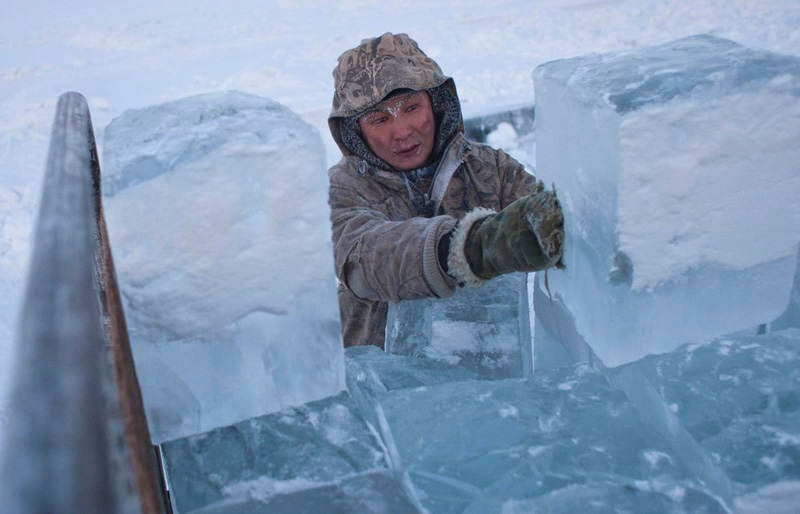
Most Dangerous Places On Earth: Verkhonyansk, Russia
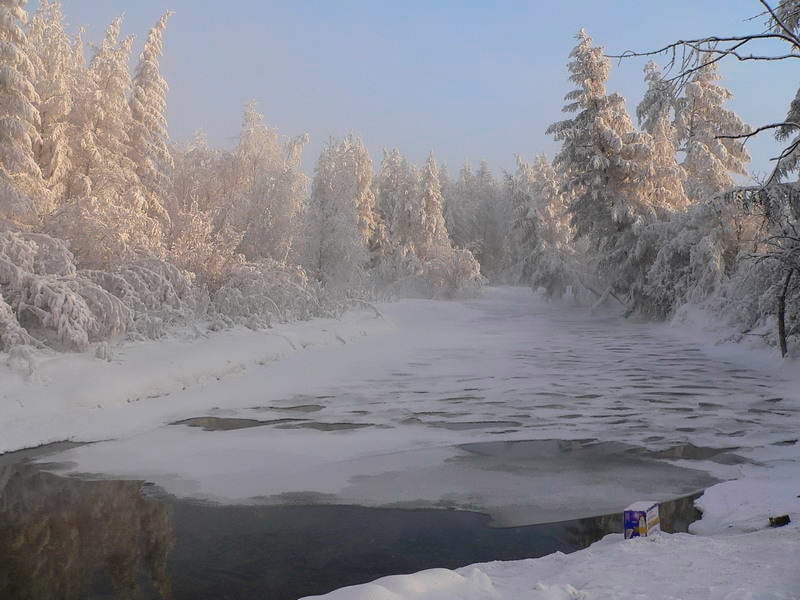
Located deep in the heart of Siberia and 3000 miles east of Moscow, Verkhonyansk is one of the coldest cities in the world. Referred to as the Cold Pole, the city is well-known for its endless winters, with the Yana River frozen solid nine months of the year.
Winter temperatures fall between minus 60 and minus 40 degrees Fahrenheit, and from September to March, the city averages fewer than 5 hours of sunlight every day. For most of its history Verkhonyansk was used as an exile city by czars and Soviets. Nowadays, 1500 people call it home and extreme tourists make regular appearances there. Think “Winter is Coming”… or more like, here to stay.
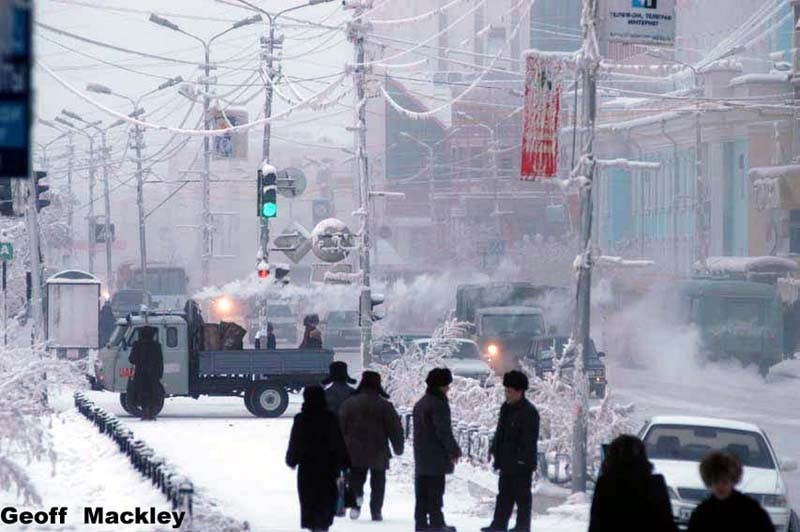
Lake Kivu, Democratic Republic of Congo/Rwanda
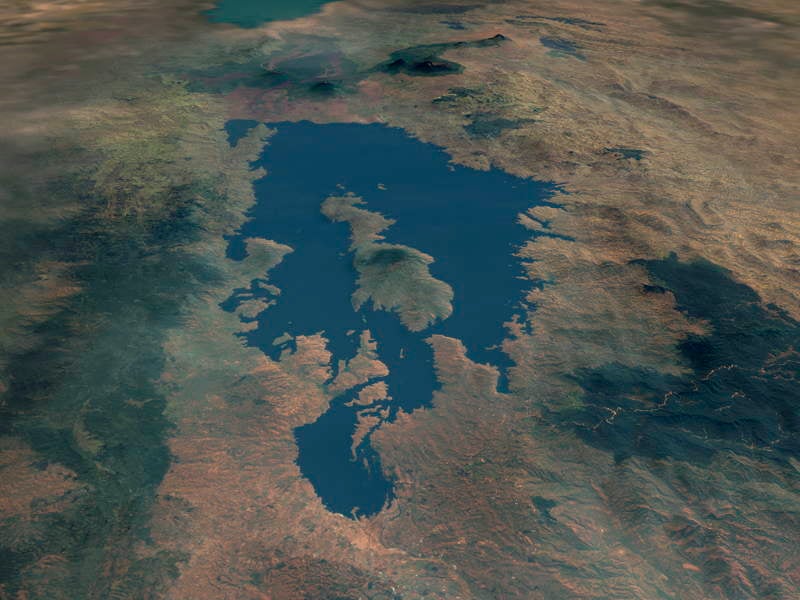
Source: University of Arizona
Renowned as one of the great lakes of Africa, Lake Kivu is located along the border between Congo and Rwanda. But deep below its surface, the lake houses over 2.3 trillion cubic feet of methane gas and 60 cubic miles of carbon dioxide, which, if released, can spark a methane explosion, incite lake tsunamis and kill the two million residents that call the basin home. Trying to think positive? The gas will likely be released only if volcanic activity occurs below the lake.
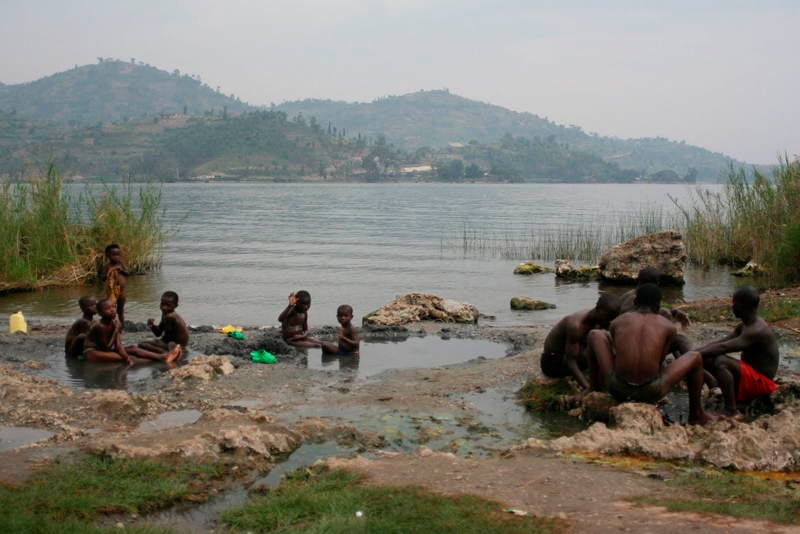
Source: Grandes Adventures
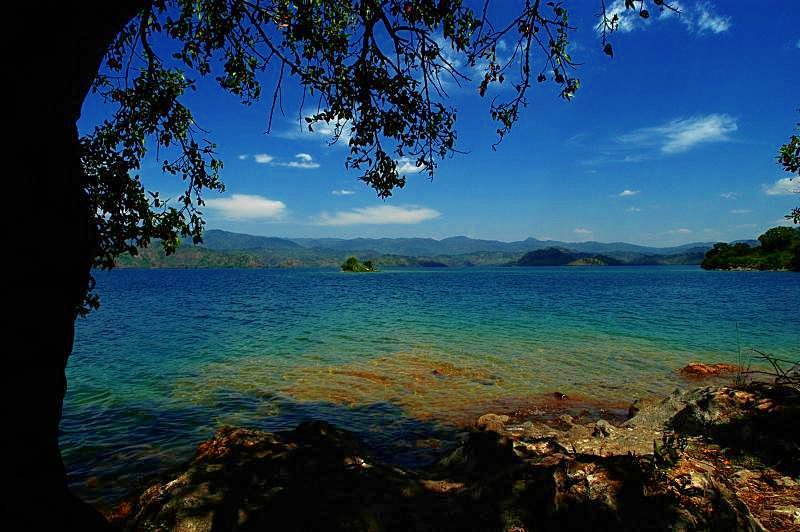
Source: Université de Liege
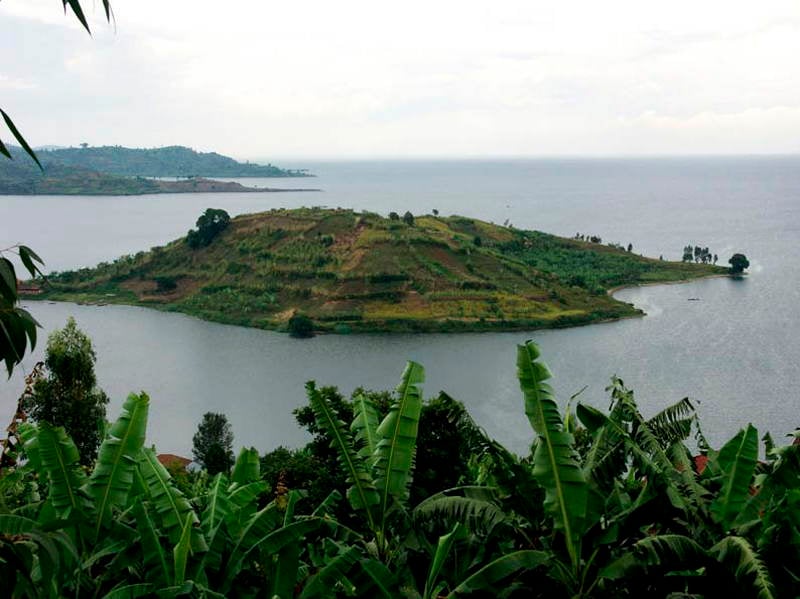
Source: Africa Federation
Dangerous Places: Minqin County, China
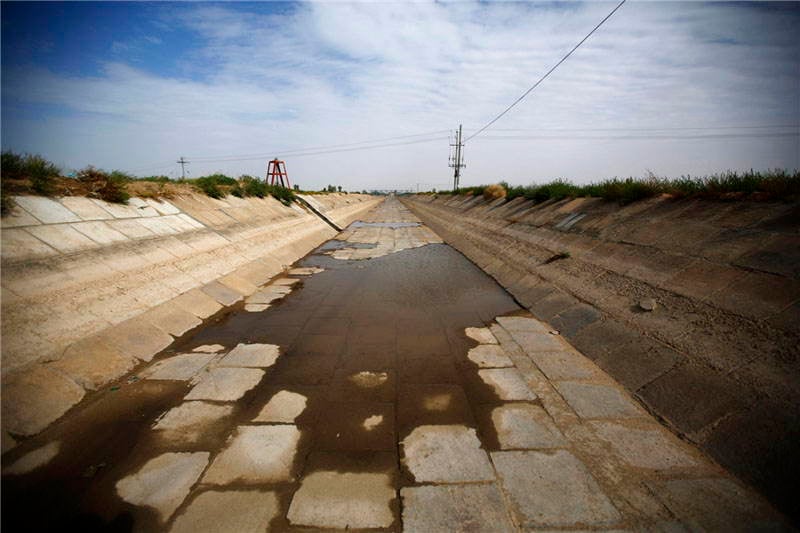
China’s Minqin County has the distinction of being an ever-diminishing oasis trapped between two deserts. The drought-ridden area is afflicted with 130 days of wind and dust each year as the surrounding deserts continue gobbling up what little greenery is left.
Since 1950, the desert has covered more than 100 square miles of the county and as of 2004, the desert was approaching Minqin at a rate of 10 meters per year. With such unlivable land and an increasingly vulnerable population, the Chinese government has rightly deemed Minqin an ecological disaster area and has started to relocate the more than two million people who call it home.
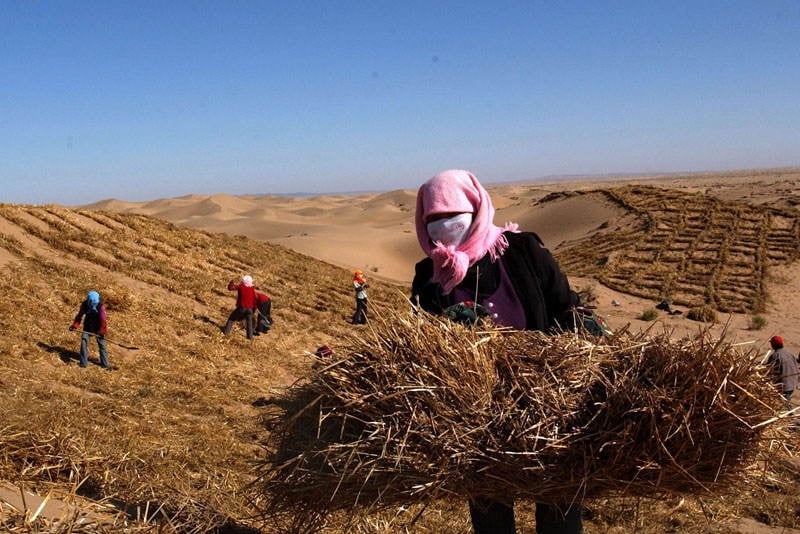
Source: China.Org
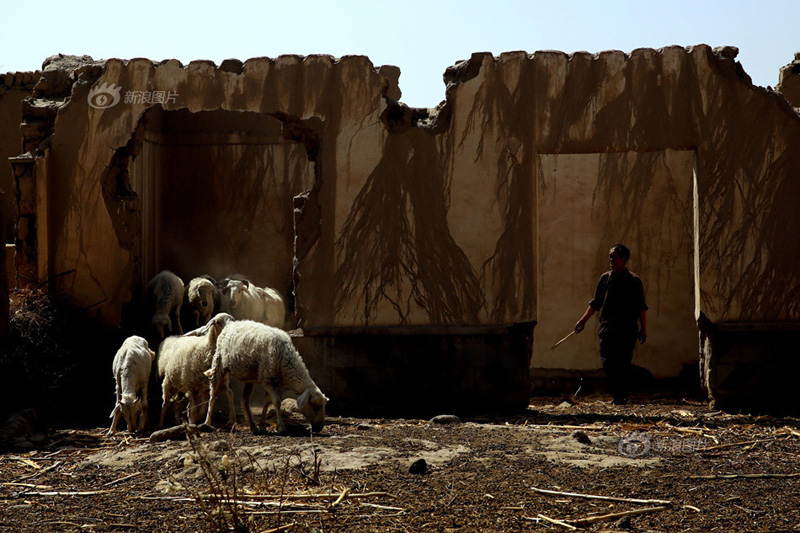
Source: China Consulate
Dangerous Places: Dallol, Ethiopia
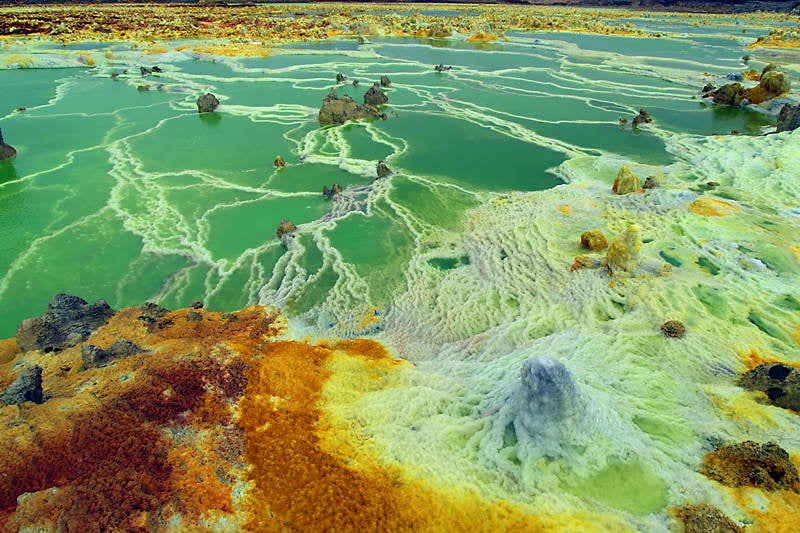
Source: Tumblr
If Verkhoyansk is the coldest city in the world, then Dallol, Ethiopia is the antithesis. Located five hours outside of Ethiopia’s center in the Danakil Desert, Dallol is known by locals as “the Gateway to Hell.” It’s an apt title for the hottest inhabited place on Earth, where temperatures in summer reach up to 148 degrees Fahrenheit.
Average temperatures hover around 94 degrees Fahrenheit, but that’s of little relief to the locals. To add fuel to fire, the rugged region is a revelation of salt flats, active volcanoes and regular earthquakes. Unsurprisingly, given the settlement’s inhospitable climate and lack of infrastructure, it has been dubbed a ghost town as evidenced by this video:
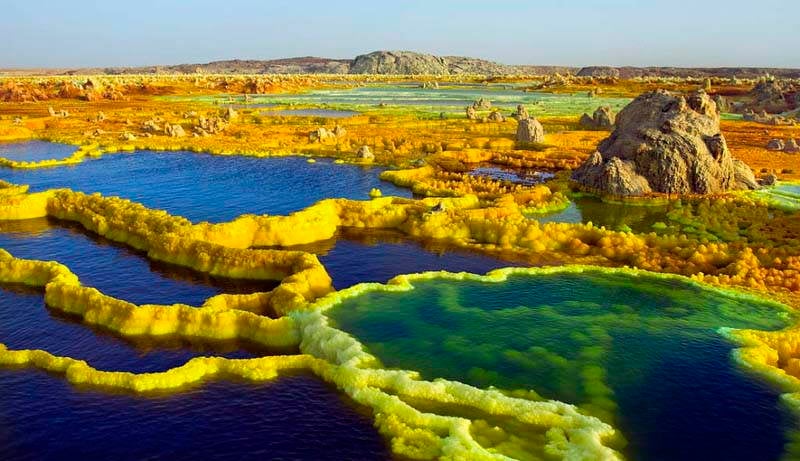
Source: Flick River
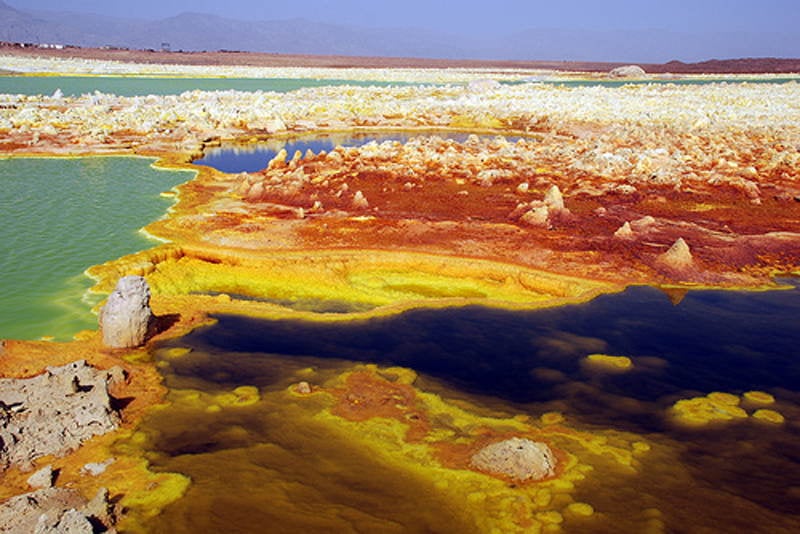
Dangerous Places: Somalia
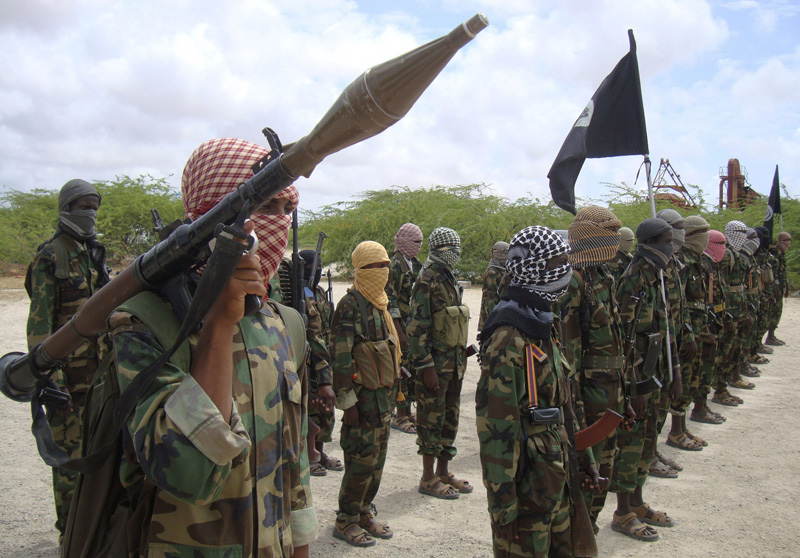
Source: Enough Project
Since the civil war began in 1990, Somalia has been divided into over two dozen warring groups. Disease, famine, and ineffective governance have contributed to the rise of terrorist factions, which have further cracked Somalia’s already fumbling foundations, embroiling it in crime and violence.
Famine is a perennially devastating issue in in Somalia, and from 2010 to 2012 it claimed the lives of over 260,000 people. According to an annual ranking by Foreign Policy and the Global Fund for Peace, Somalia is the most failed state in the world. Tourists, suffice to say, are non-existent.
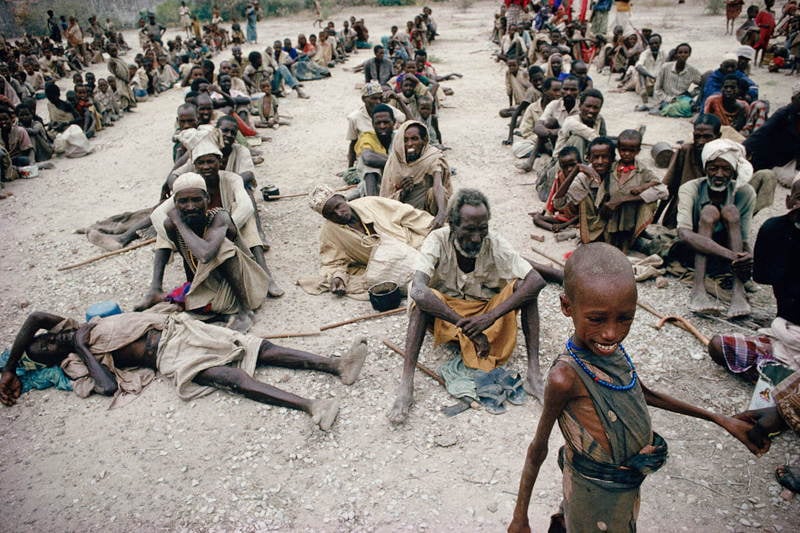
Source: Coutausse
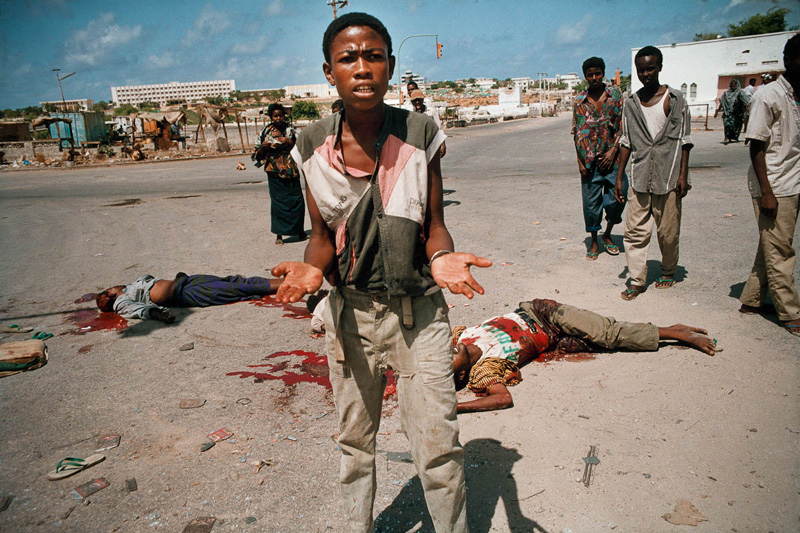
Source: Coutausse
Port Moresby, Papua New Guinea
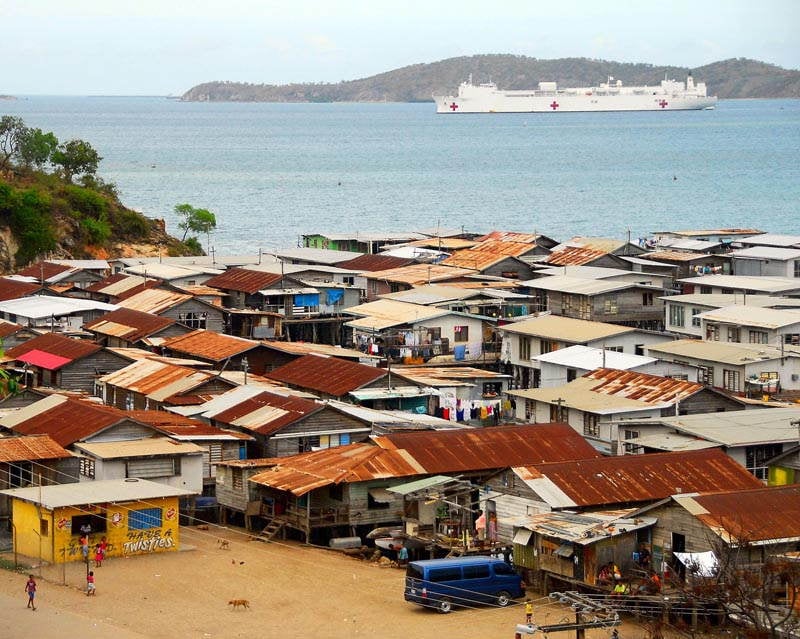
Source: Wikimedia Commons
Recently voted as 137th out of the 140 livable cities in the world, the capital of Papua New Guinea is not exactly a mecca for making a home. The island capital is known less for its picturesque surroundings and but for the plethora of rapes, murders, carjackings and rampant cases of HIV. In 2003, it was in Port Morseby that an injured woman was dragged away from a car crash only to be gang raped. Those meant to provide protection, the police, are often cited as just as corrupt as the raskol gangs themselves.
Poverty, of course, is a great contributor to Moresby’s malaise. The country lacks a welfare state, and sky high unemployment rates have effectively forced the country’s most vulnerable into violent means of “empowerment”. Said one raskol to the BBC, “We never mean to kill people. We’re just trying to scare them and get what we want to get”.
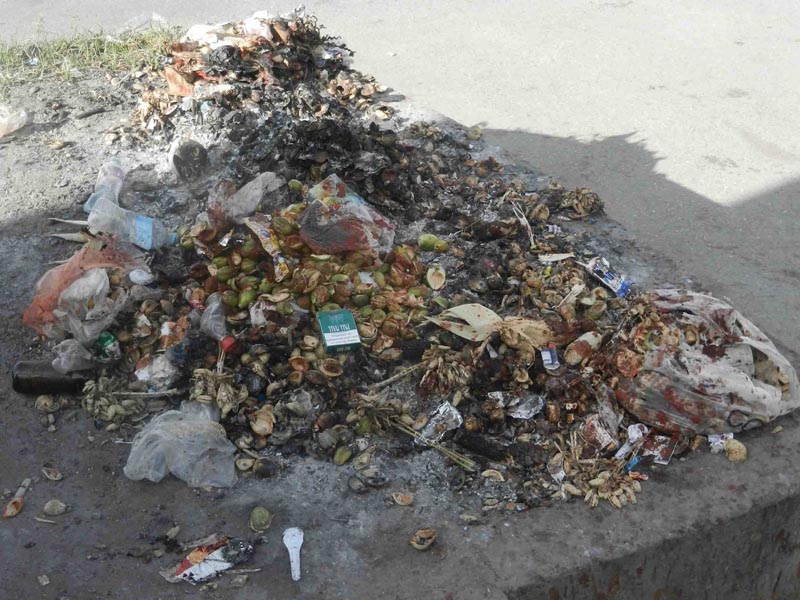
Sana’a, Yemen
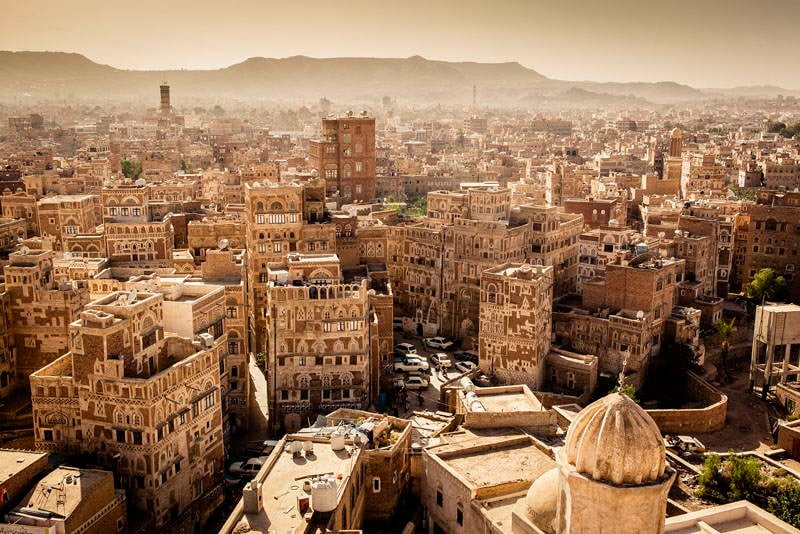
Source: Badalotti
A land forgotten in time, Sana’a holds a wealth Arabic architecture and culture. It’s also a stronghold for Islamic fanaticism. In 2013, a series of bomb and gun attacks killed over 50 people and wounded even more. An al-Qaeda linked militant group claimed responsibility for the attack, and as of 2010 it is estimated that 500 to 1,000 al-Qaeda fighters patrol Yemeni borders. Numbers will likely increase as Yemen has become a huge target of the US drone program.
Beyond that, Yemeni girls continue to suffer as child brides. The same year that bombs rocked the capital, an 8-year-old Yemeni girl died of internal bleeding caused by sexual relations with a 40-year-old man on her wedding night. According to Human Rights Watch, over half of all young Yemeni girls are married before age 18, and of them 14% are married before age 15.
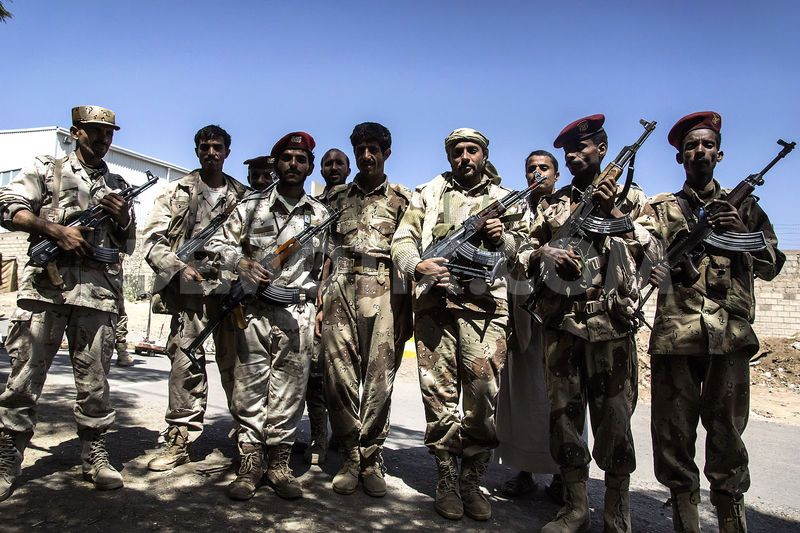
Source: Demotix
Monrovia, Liberia
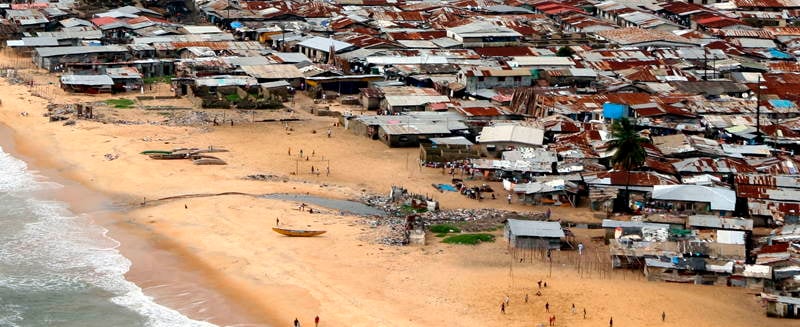
Source: Ideel
Monrovia in Liberia possesses one of Africa’s worst slums, West Point. Home to 75,000 people, the slum is perpetually crowded, plagued with cholera epidemics, drug use, teenage prostitution and a lack of proper toilet facilities (so feces on the street and beaches is commonplace).
A decades-long civil war contributed greatly to the slums’ increased size, as many sought refuge in the capital city. And if you’re interested in Liberia, be sure to check out Vice’s fascinating look at warlords and cannibals:
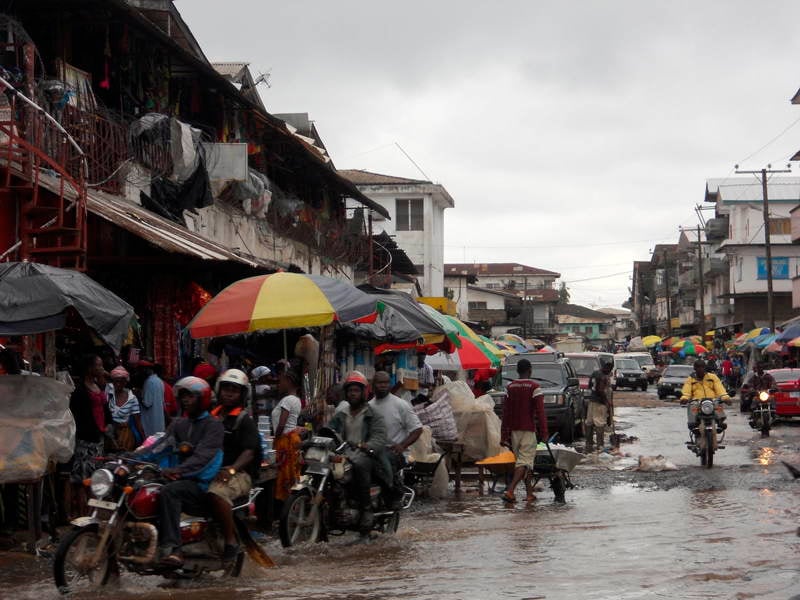
Brazil
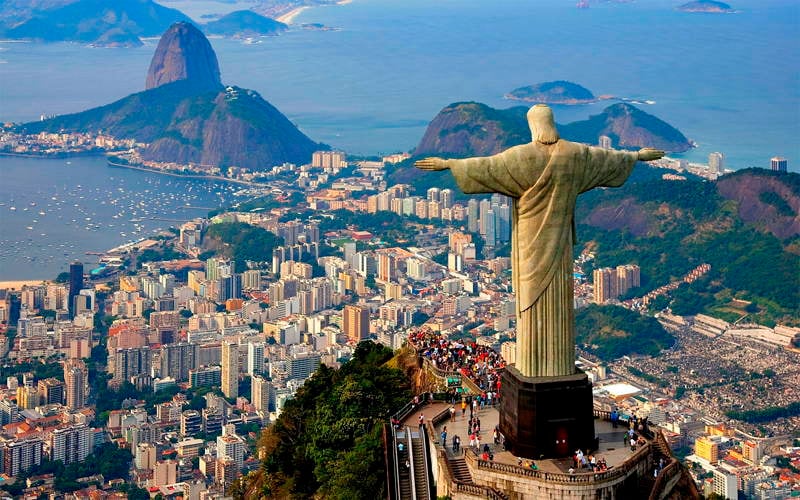
Source: Wallpaper Gang
Undoubtedly one of the most beautiful countries on the planet, Brazil is also a world leader in homicide. As of 2011, Brazil amassed an incredible 50,000 homicides per year. Aside from the murder rate (four times that of the US), Brazil is also plagued with high incidences of rape, robberies and “quicknappings” – where people are kidnapped for a short amount of time and walked over to ATMs where they are squeezed for all that they’re worth.
Exacerbating the violence is the rampant poverty and wide divide between the richest and poorest in the country. While income inequality has fallen from 2001 as the country has grown economically, it’s still a significant problem that threatens Brazil’s long-term economic sustainability.
Rio de Janeiro, Sao Paolo and Salvador in particular is a hotbed for visitors and, unfortunately, violence as documented in this stunning documentary about gang warfare in Brazil’s favelas:
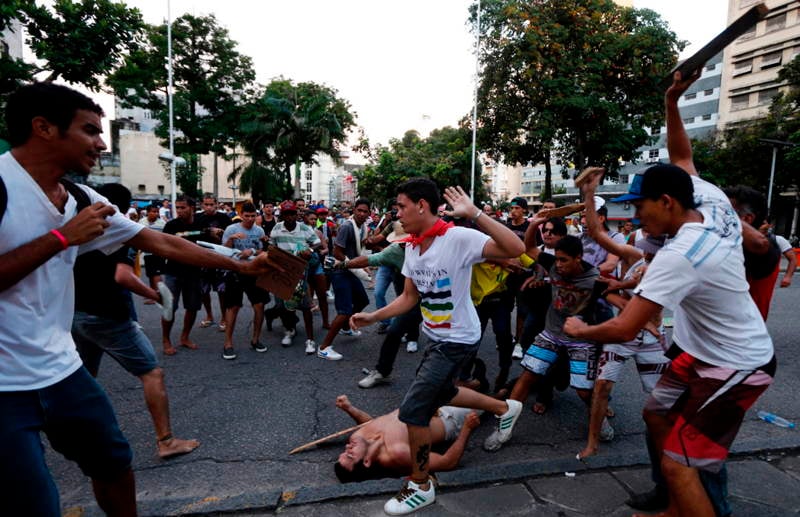
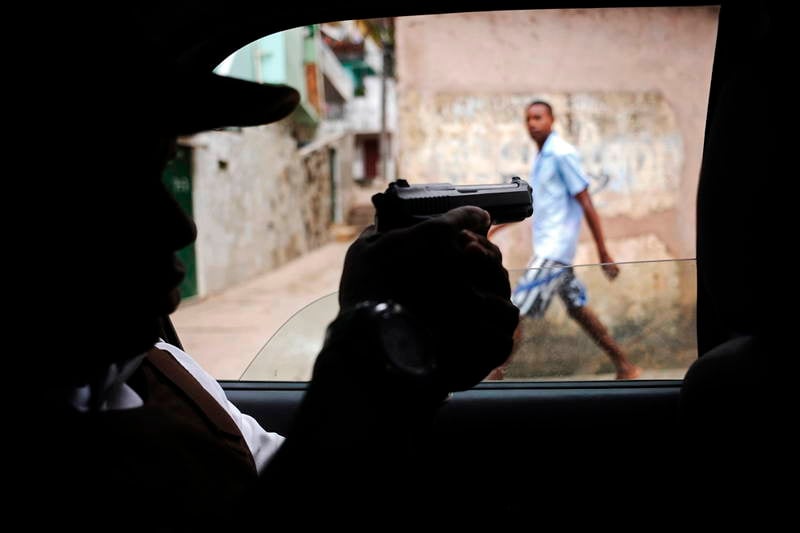
Source: QZ
Haiti
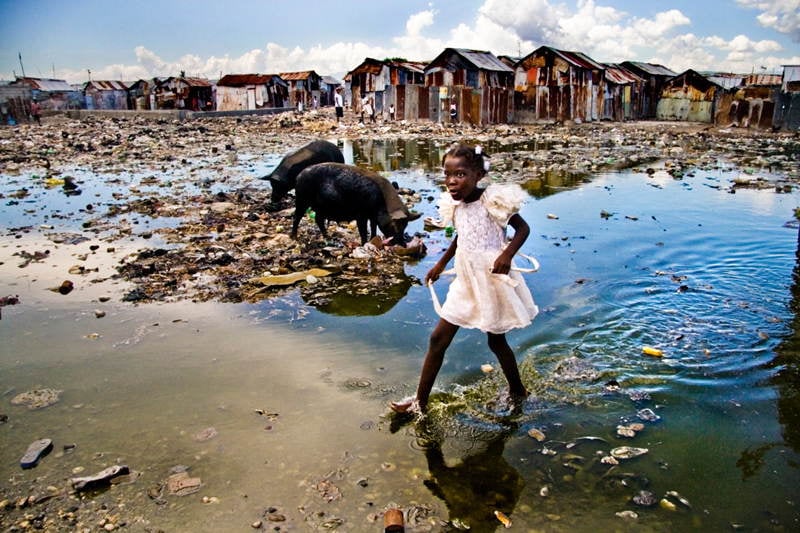
While Haiti was the site of the world’s only successful slave revolts, it has since paid dearly for its historic fight. Presently one of the least developed and poorest countries in the world, Haiti is plagued with crime rates that left the US State Department to conclude that Haiti lacked any “safe” areas to speak of.
Stoked by illicit drug trade, common crimes include carjacking, murders, armed robbery, kidnapping, rapes and brutal mob violence. That the Haitian police are understaffed and under-equipped only encourages further criminal activity.
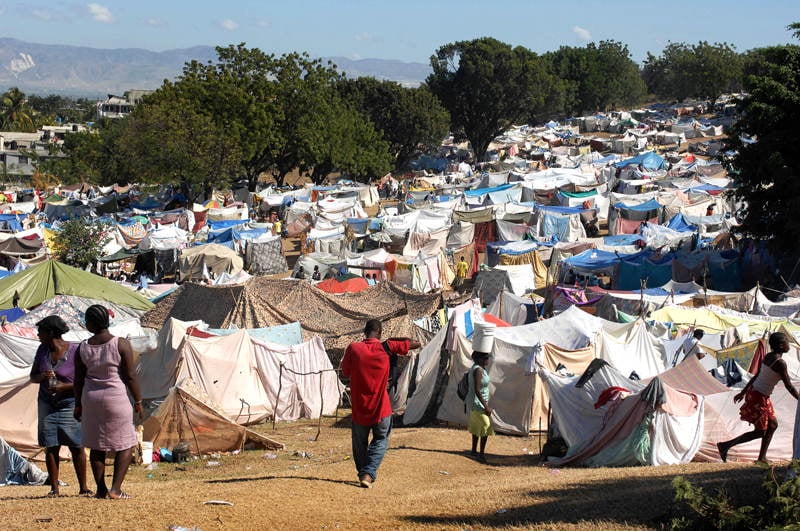
Source: Dog Canyon
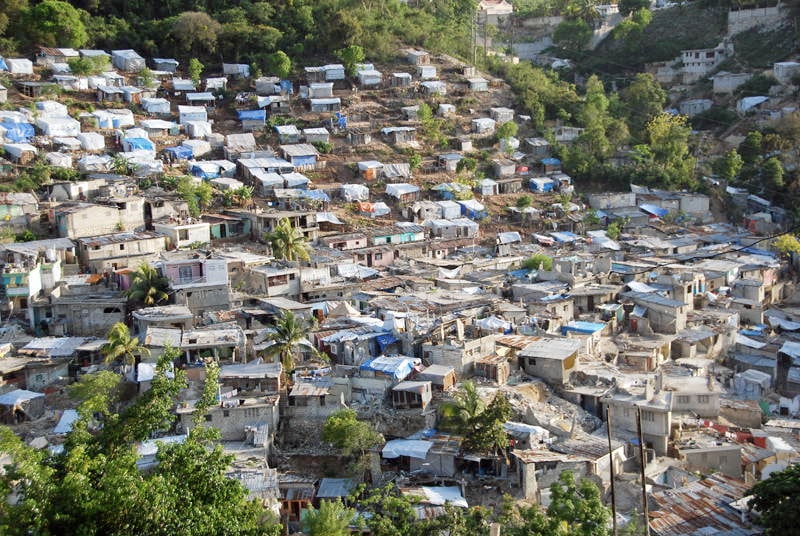
Source: Fletcher Forum
Enjoy our look at the most dangerous places on Earth? Then be sure to check out All That Is Interesting’s other posts on the creepiest places on Earth and when the New York City subway was the world’s most dangerous place.





